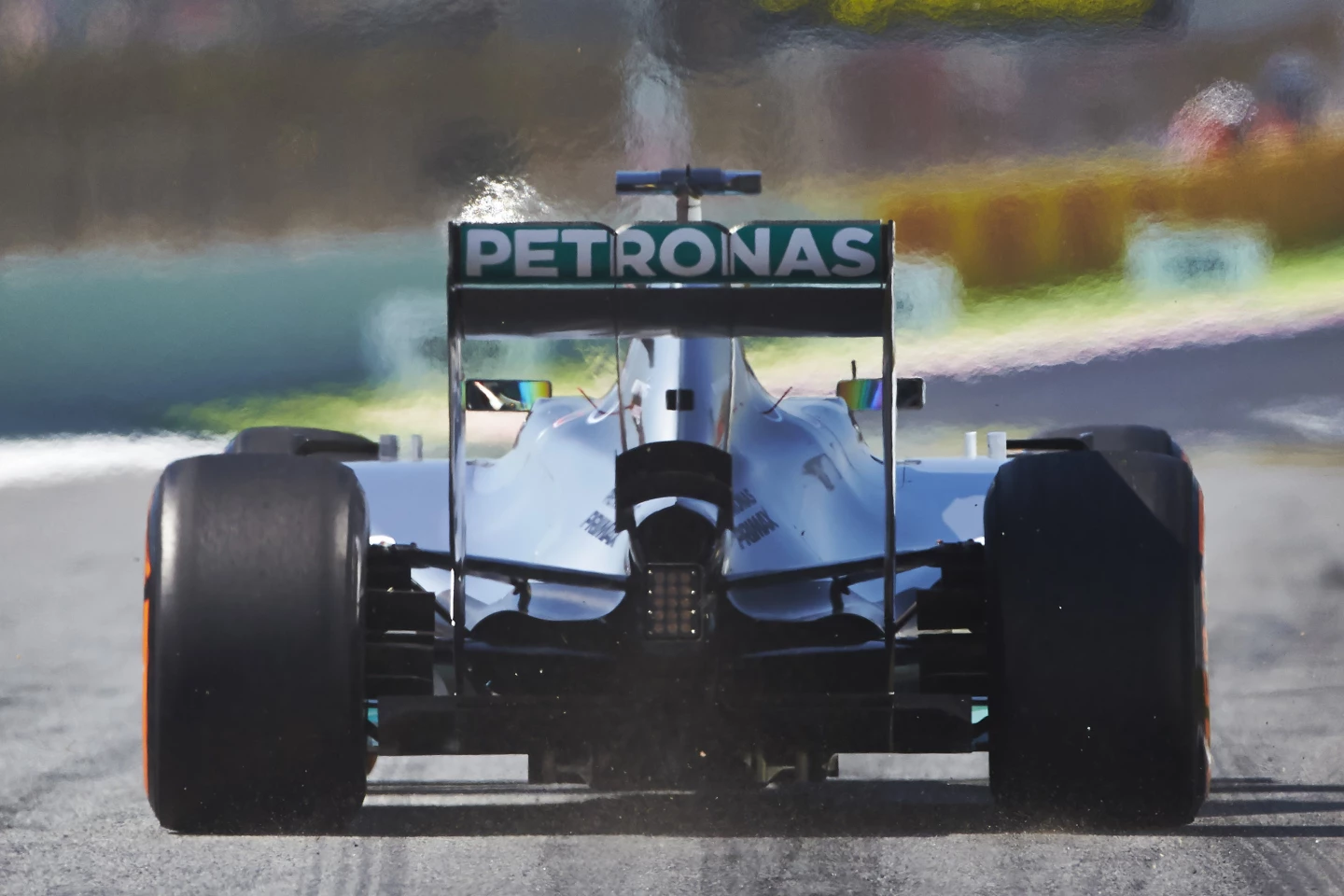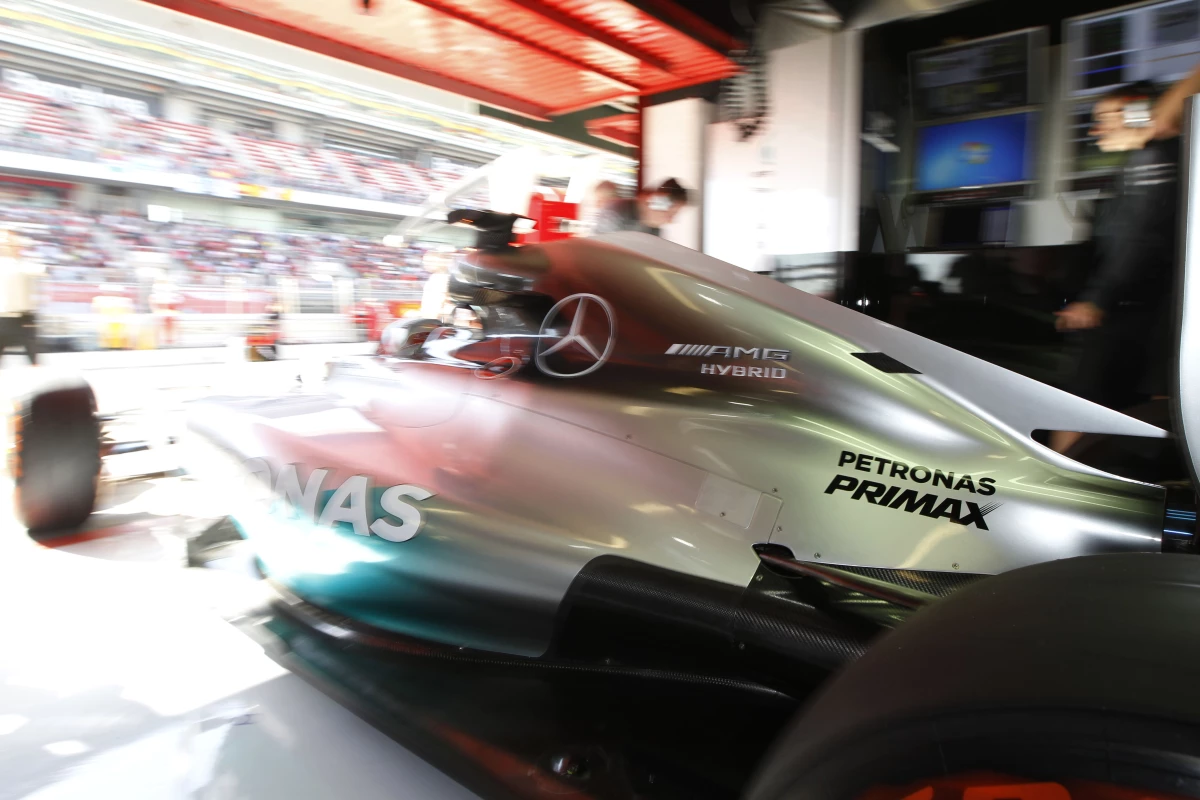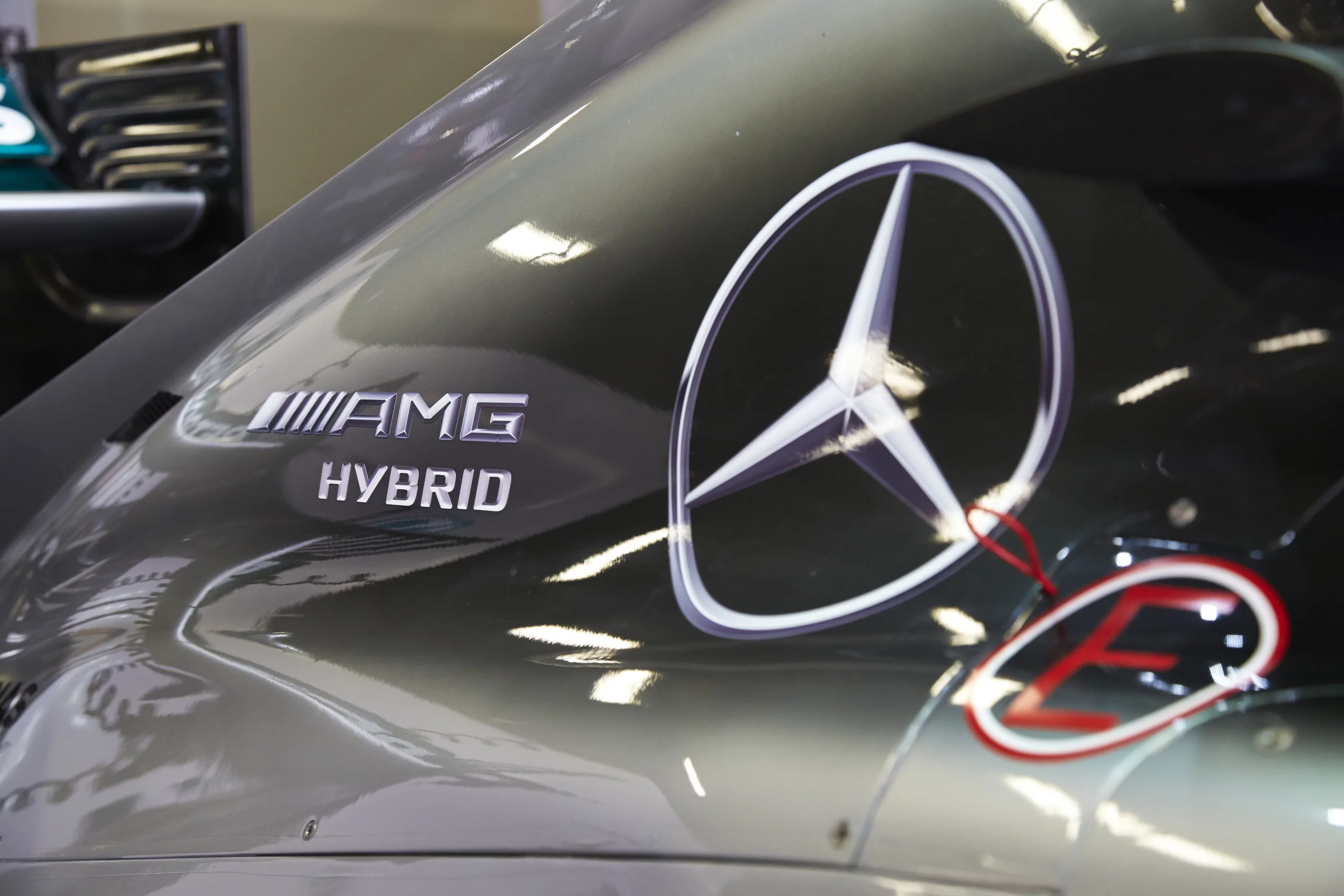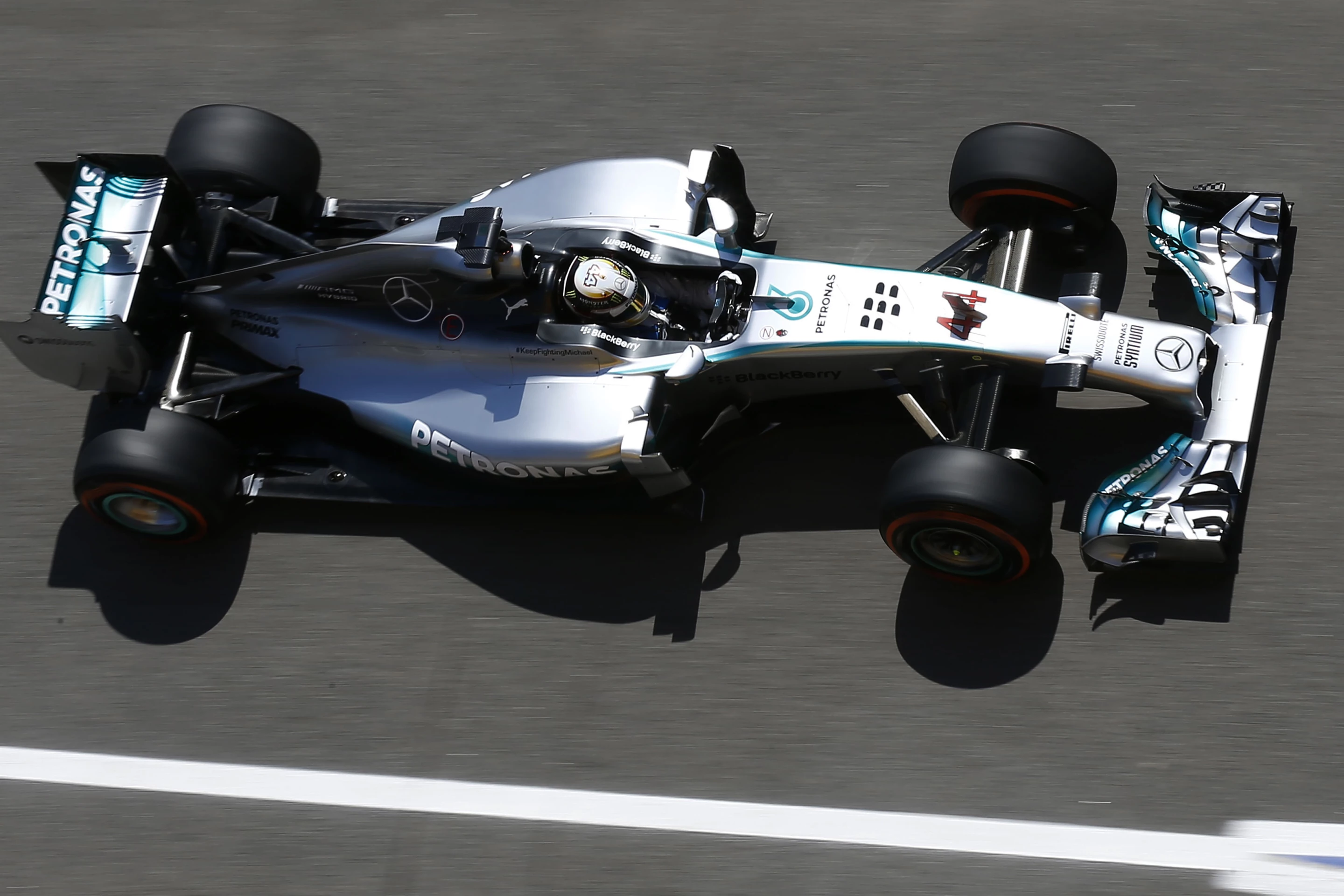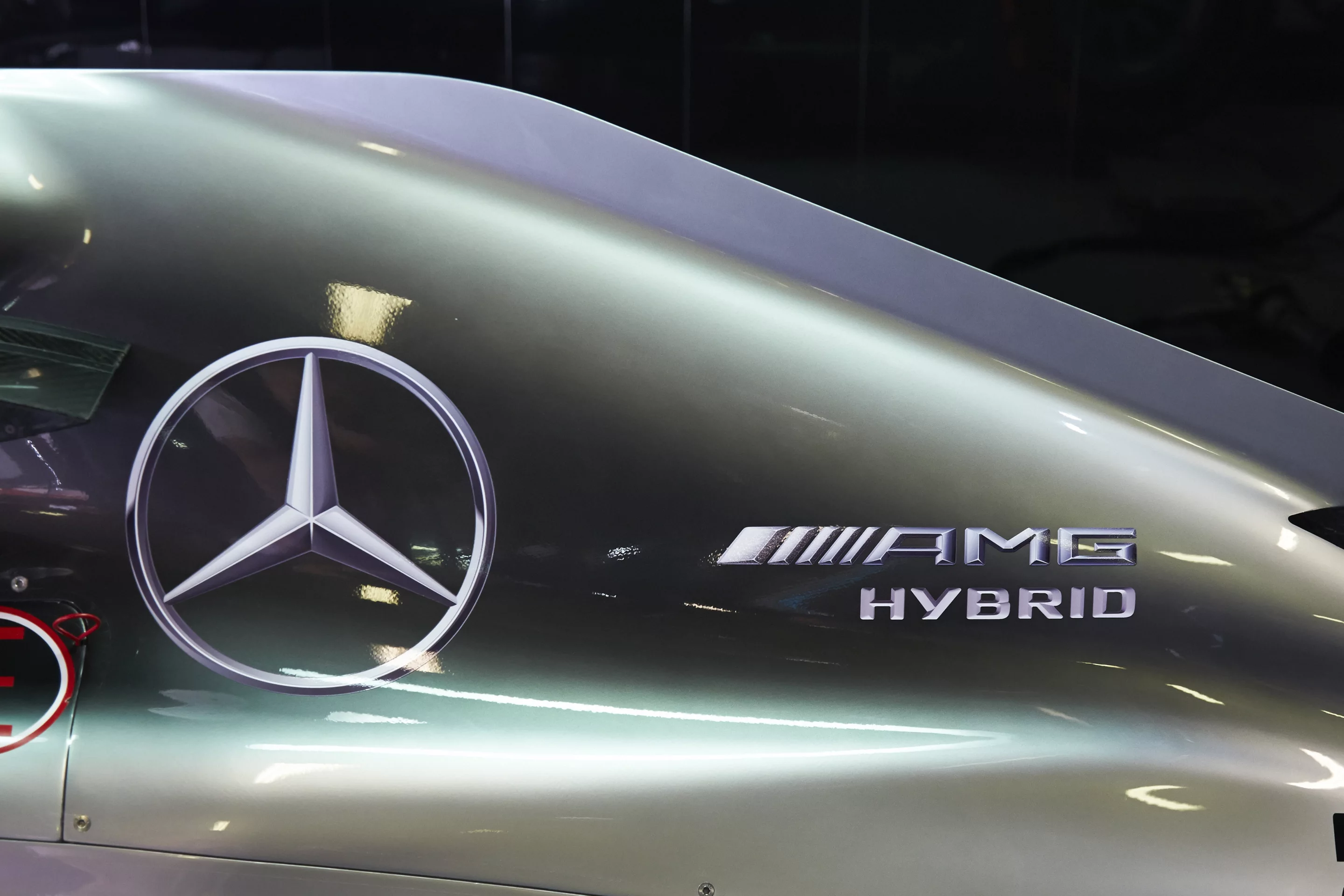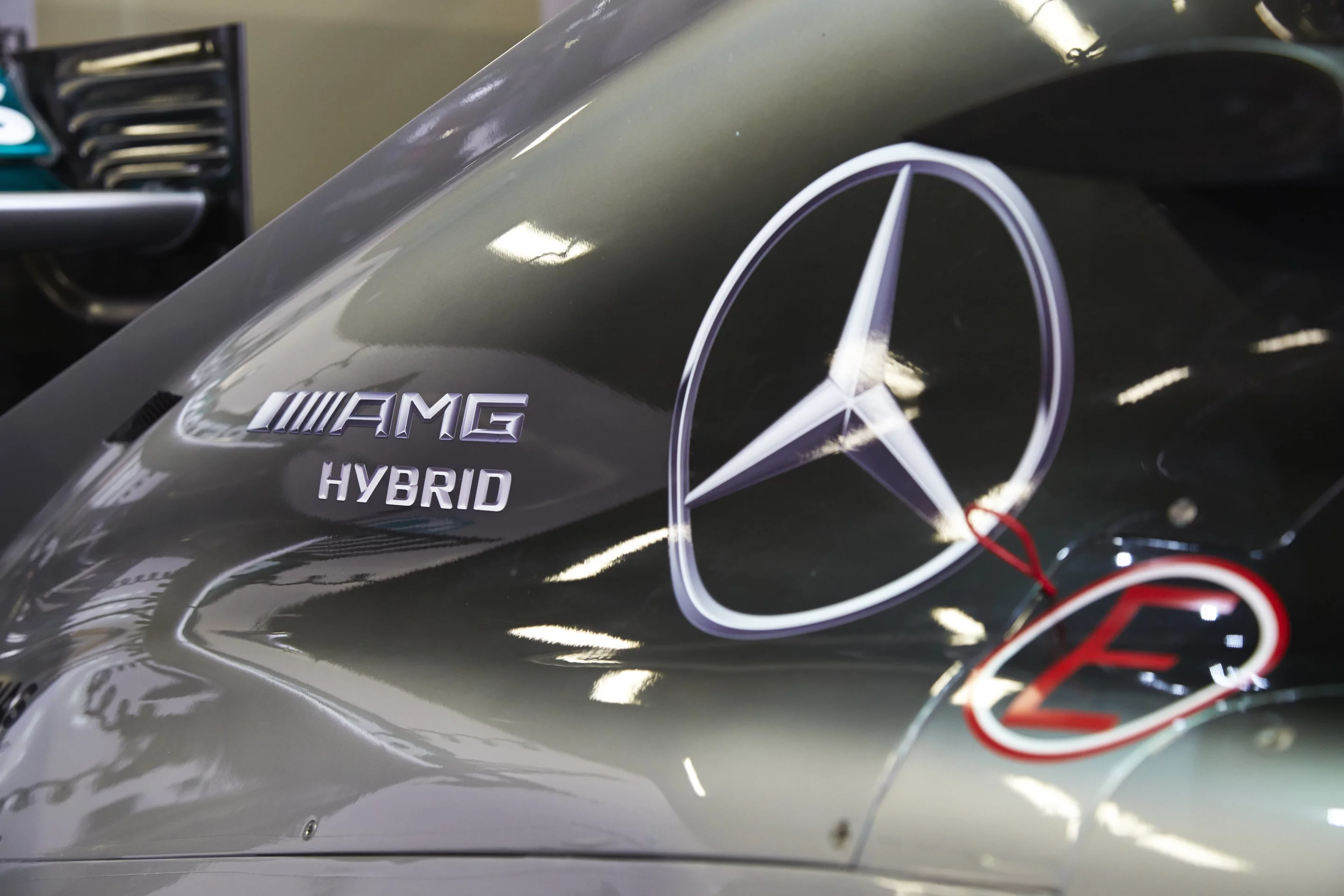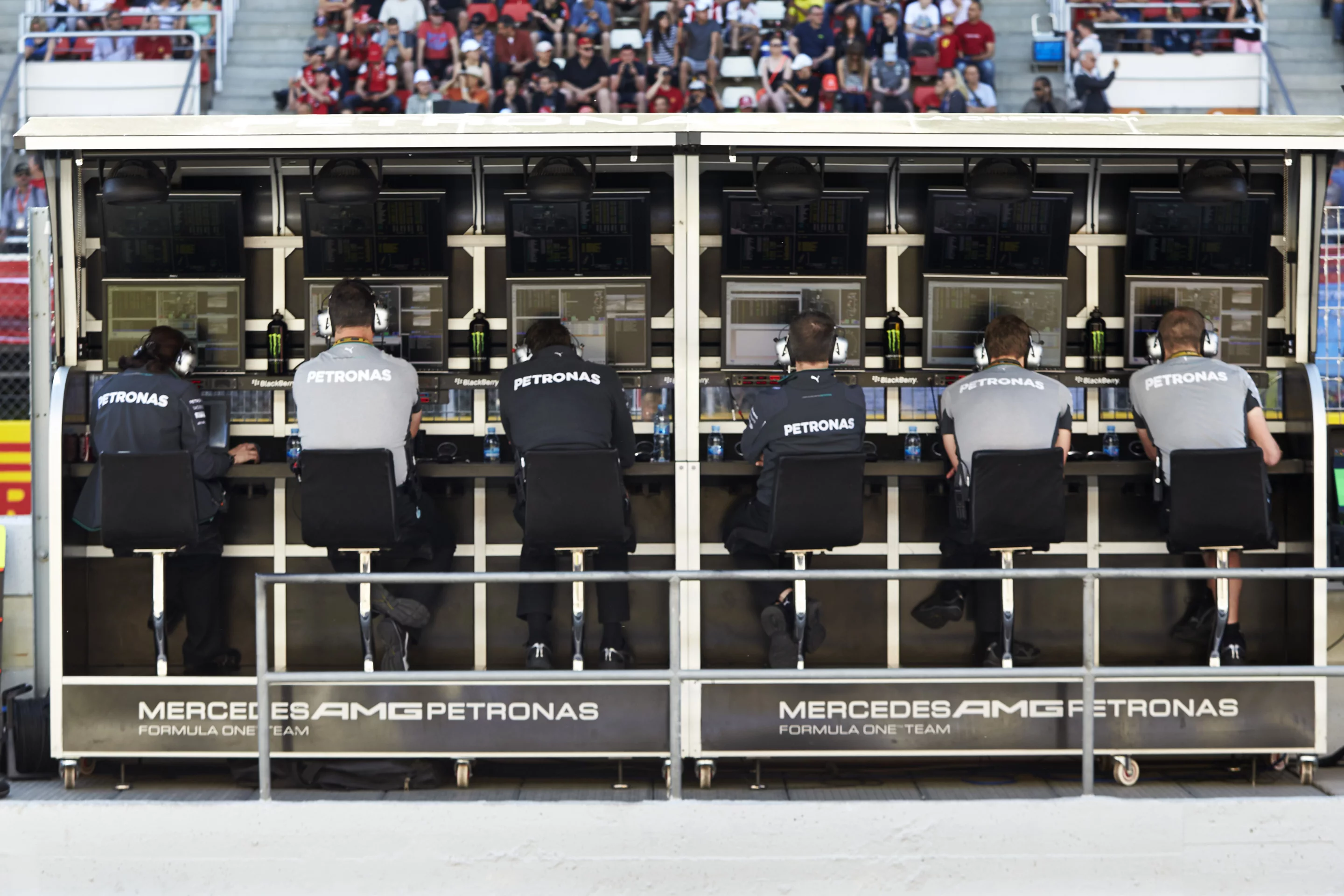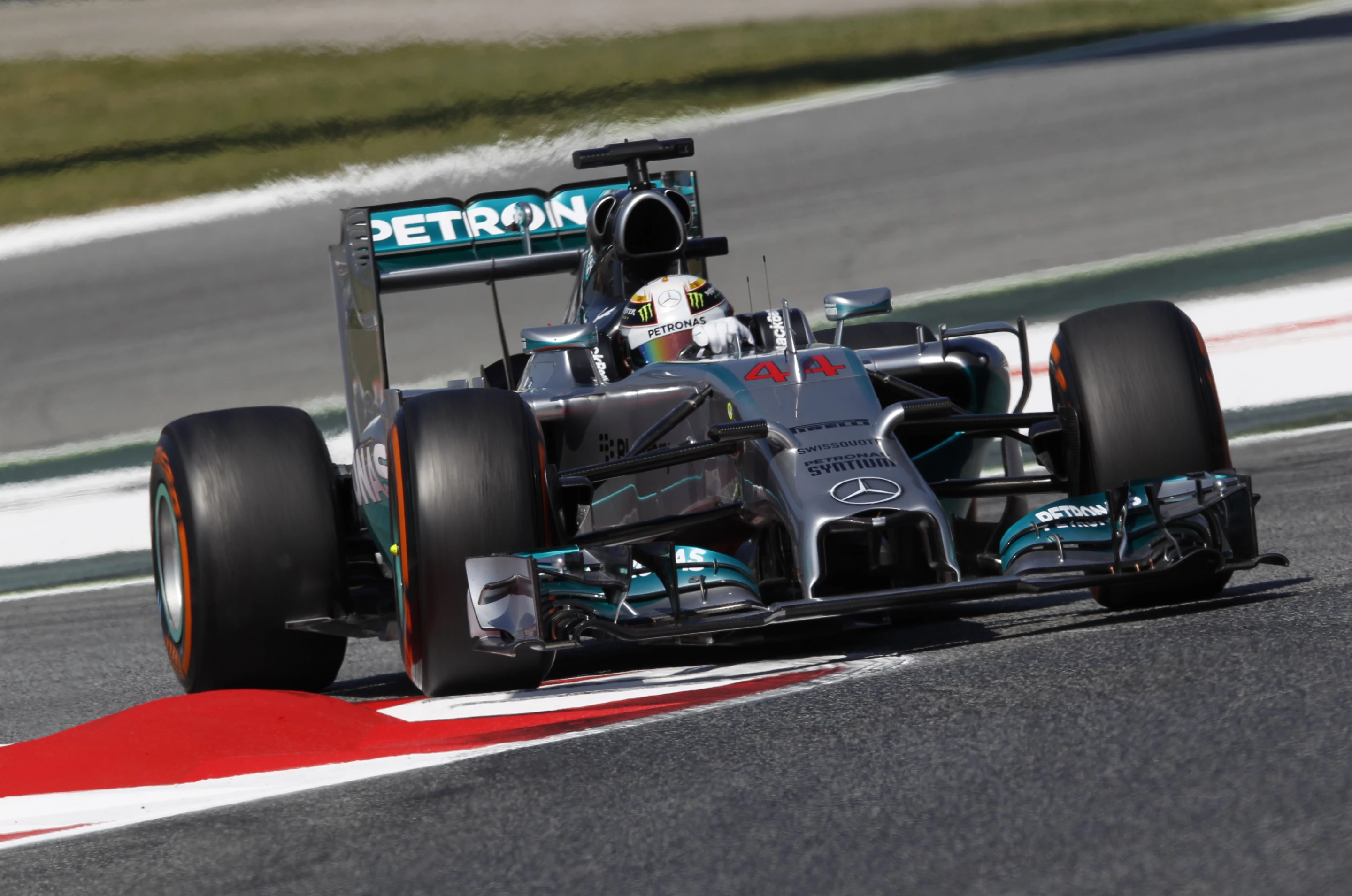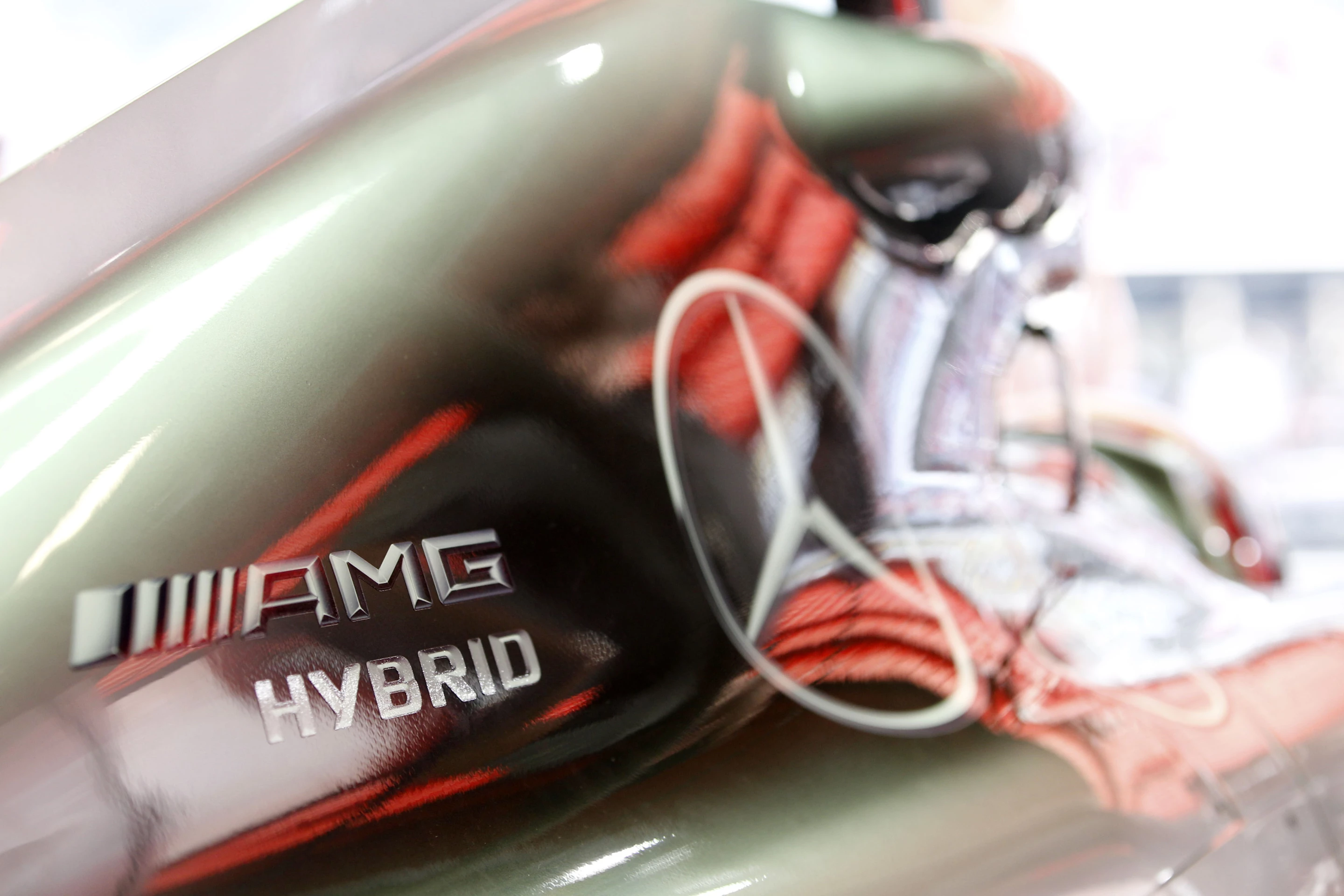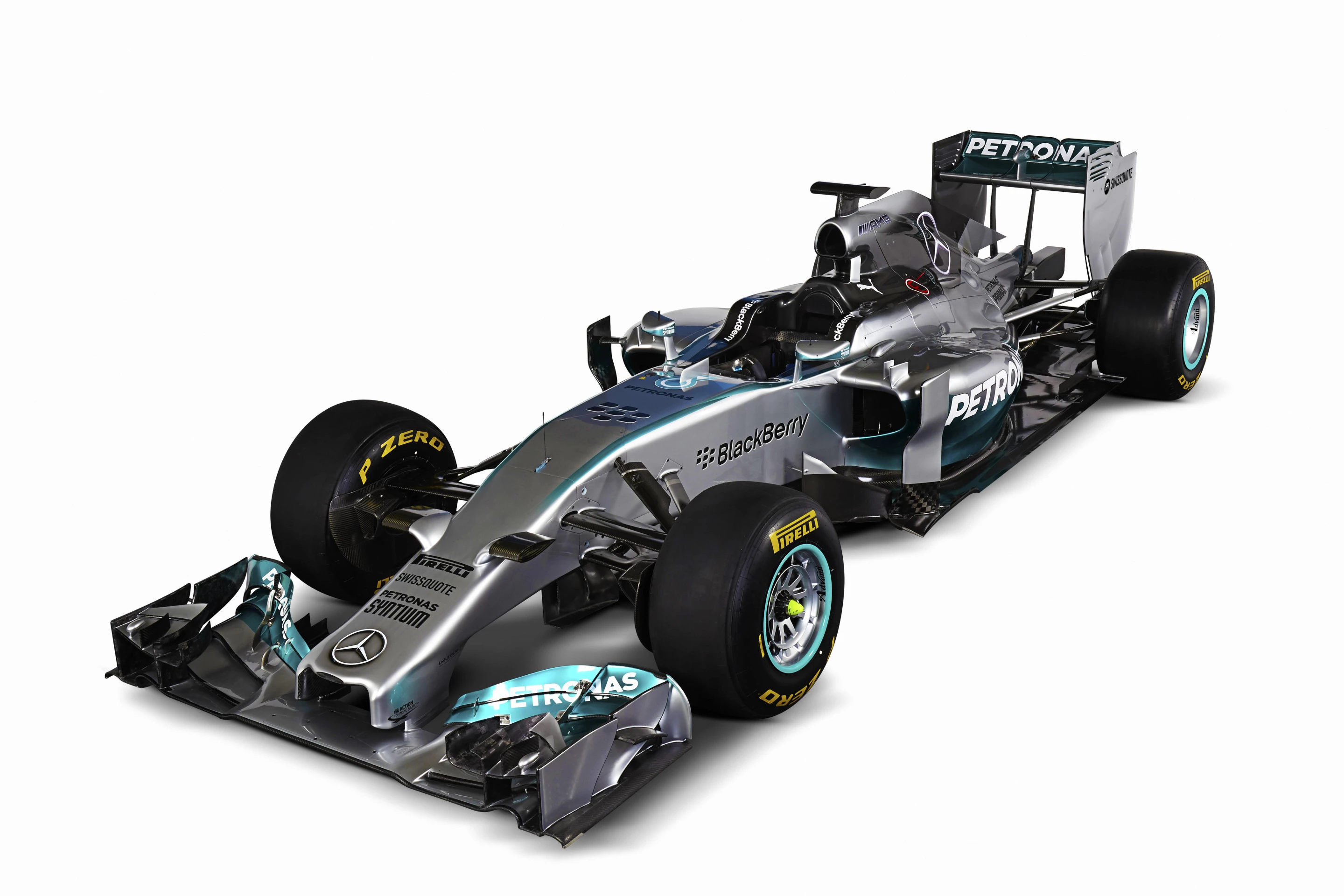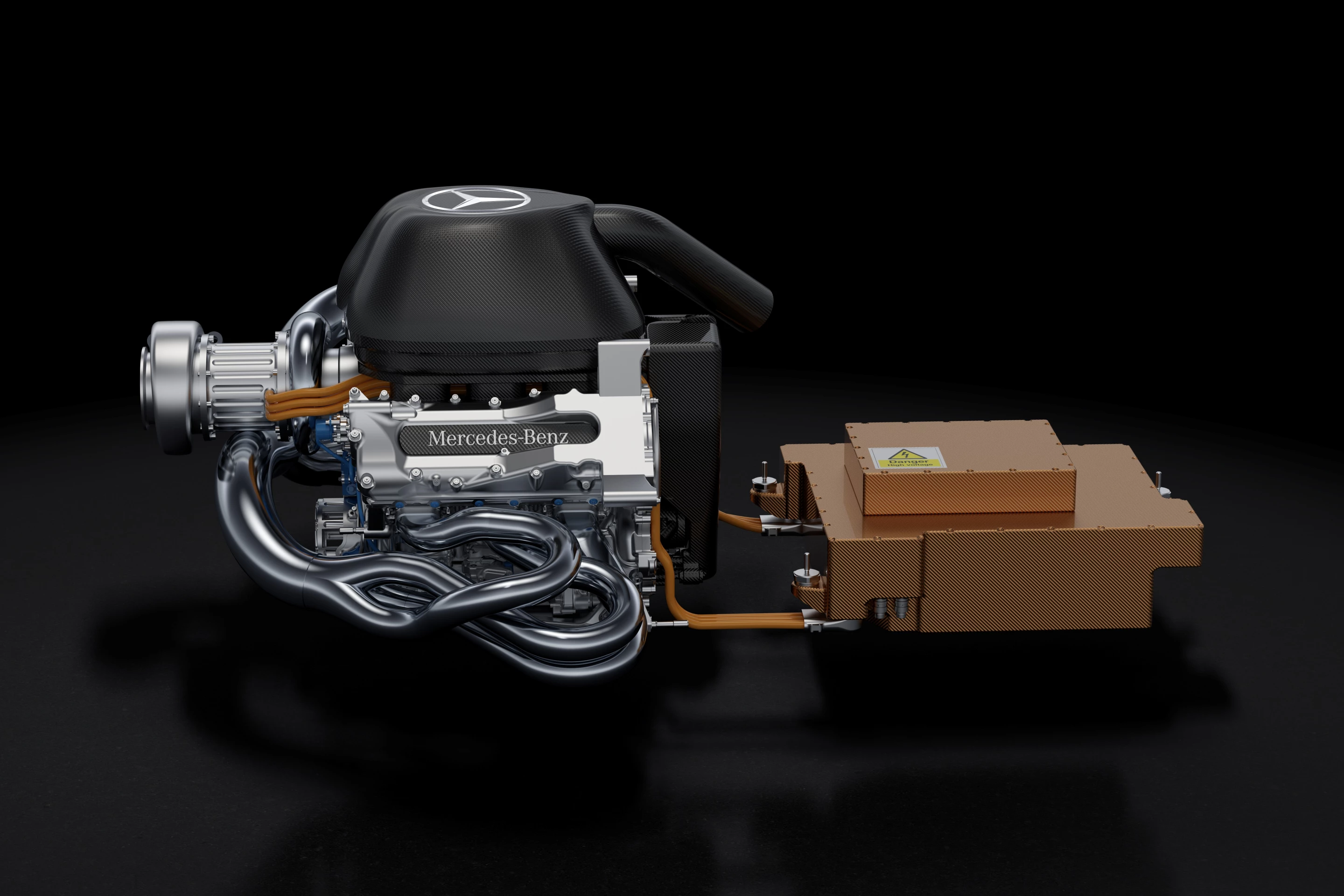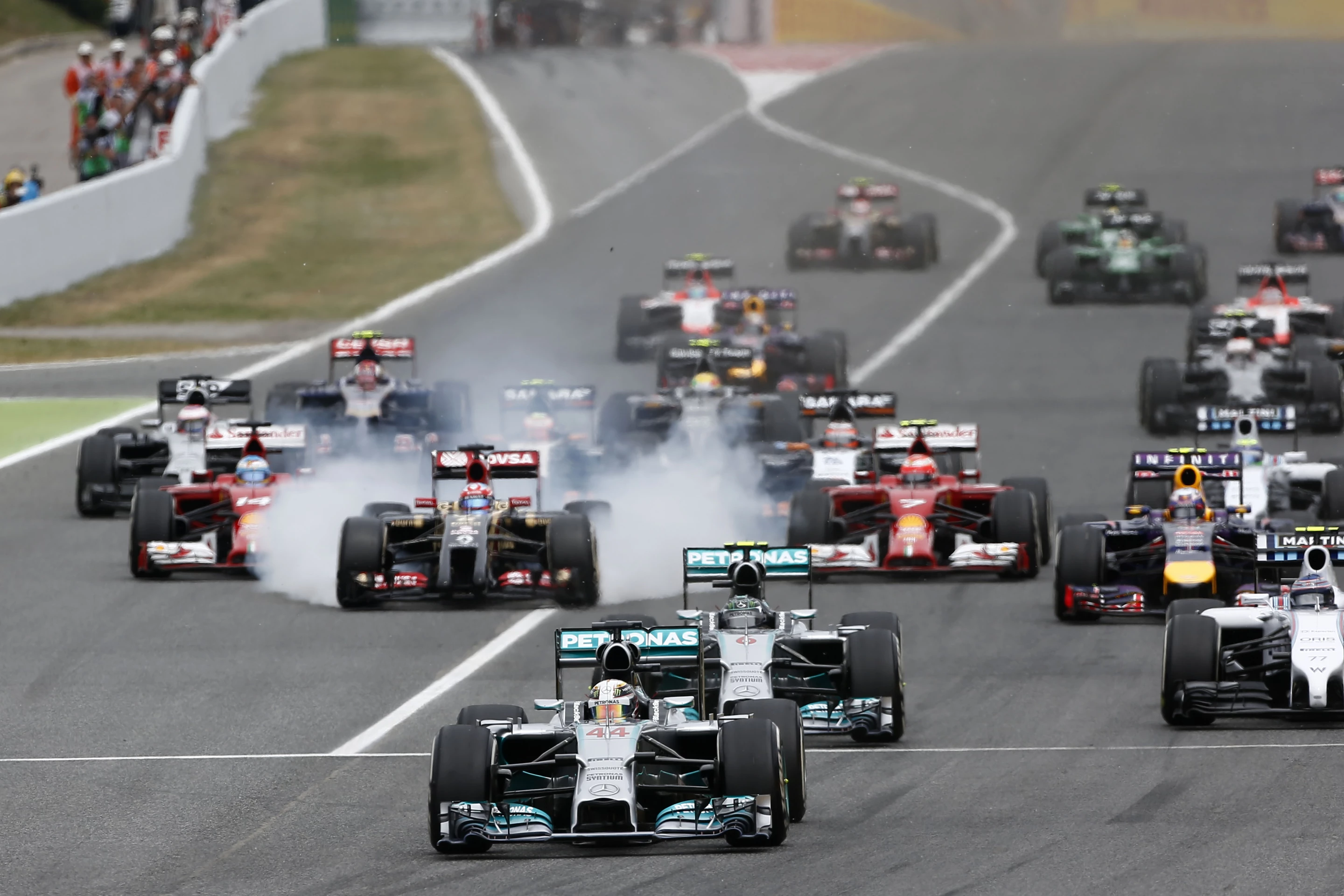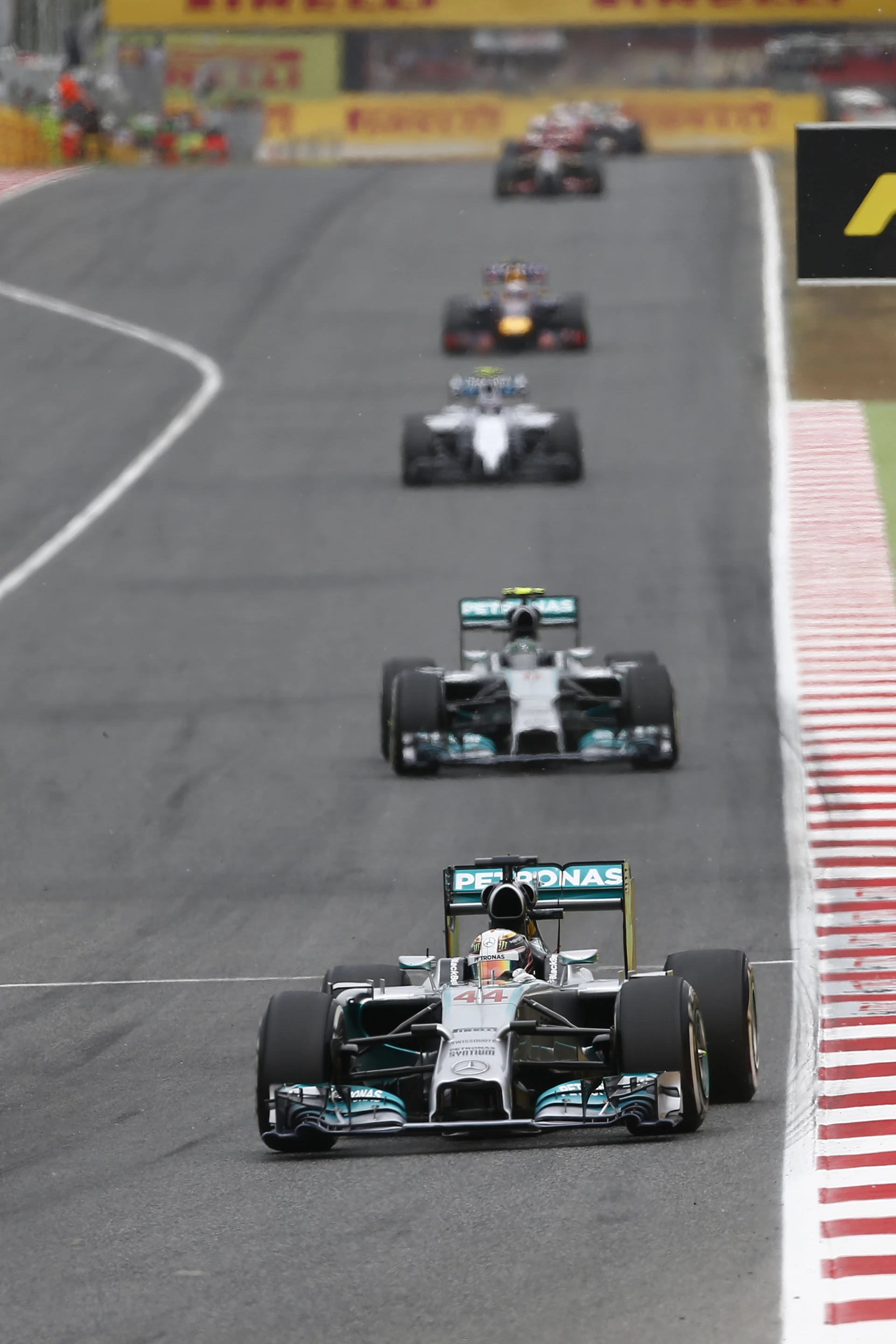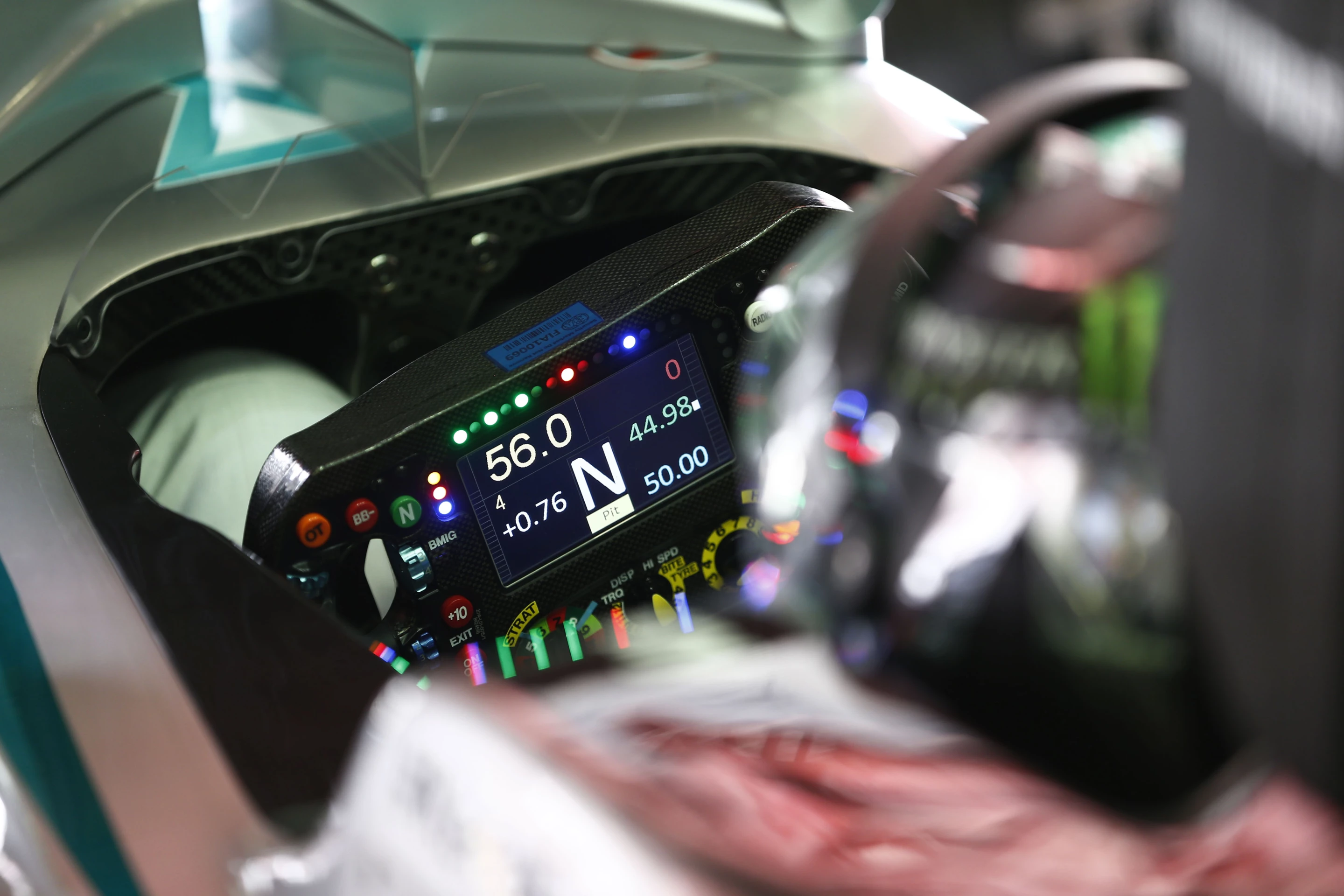In one of the most interesting automotive marketing moves of recent times, Mercedes-Benz has renamed its Formula One racing car mid-season as the “F1 W05 Hybrid,” announcing the Silver Arrows will now carry the same Hybrid branding featured on Mercedes-Benz road cars.
The world’s two most important racing series – Formula One and World Endurance Championships (WEC) – are currently both embroiled in changing their image, with hybrid technology foremost in the greening of motorsport.
While the battle for hybrid technological leadership in WEC is currently a close three-way tussle between Porsche, Toyota and Audi, it’s a very different story in Formula One where Mercedes-Benz is displaying dominance on a level rarely before seen in motorsport.
The most successful racing car in Formula One history is the 1988 McLaren MP4/4 which was driven by the outstanding pairing of three-time-champion Ayrton Senna and four-time-champion Alain Prost, both among the all-time greats of motorsport, and blessed for just one season with a technological dominance not seen before or since, until this year.
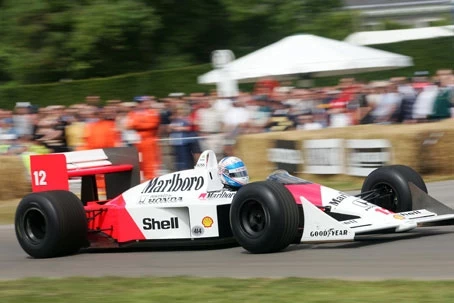
The McLaren MP4/4 dominated the 1988 season partially due to the extraordinary driving duo, but mainly due to the 800 horsepower 1.5 liter turbocharged engine supplied by Honda.
Turbocharging was banned in 1989 and where other manufacturers stopped development of turbo engines when the ban and 1988 fuel consumption penalties were announced, Honda attacked the problem and developed a miserly yet brutally powerful engine which trounced all competitors for one year.
Had it not been for a freakish incident in the 1988 Italian Grand Prix at Monza where Ayrton Senna was comfortably leading the race, and had a momentary lapse of concentration which resulted in him crashing into a driver he was lapping, the McLaren MP4/4 would have won every race of the season.
The incident handed Ferrari a famous 1-2 result on its home circuit just a few weeks after Enzo Ferrari passed away – one of the most plausible cases of divine intervention on record.
So dominant were McLaren–Honda, Senna and Prost that year, the team led 1003 of the season’s 1031 laps, took 15 of the 16 pole positions, 15 of the 16 wins and scored 10 one-two finishes from 16 starts.
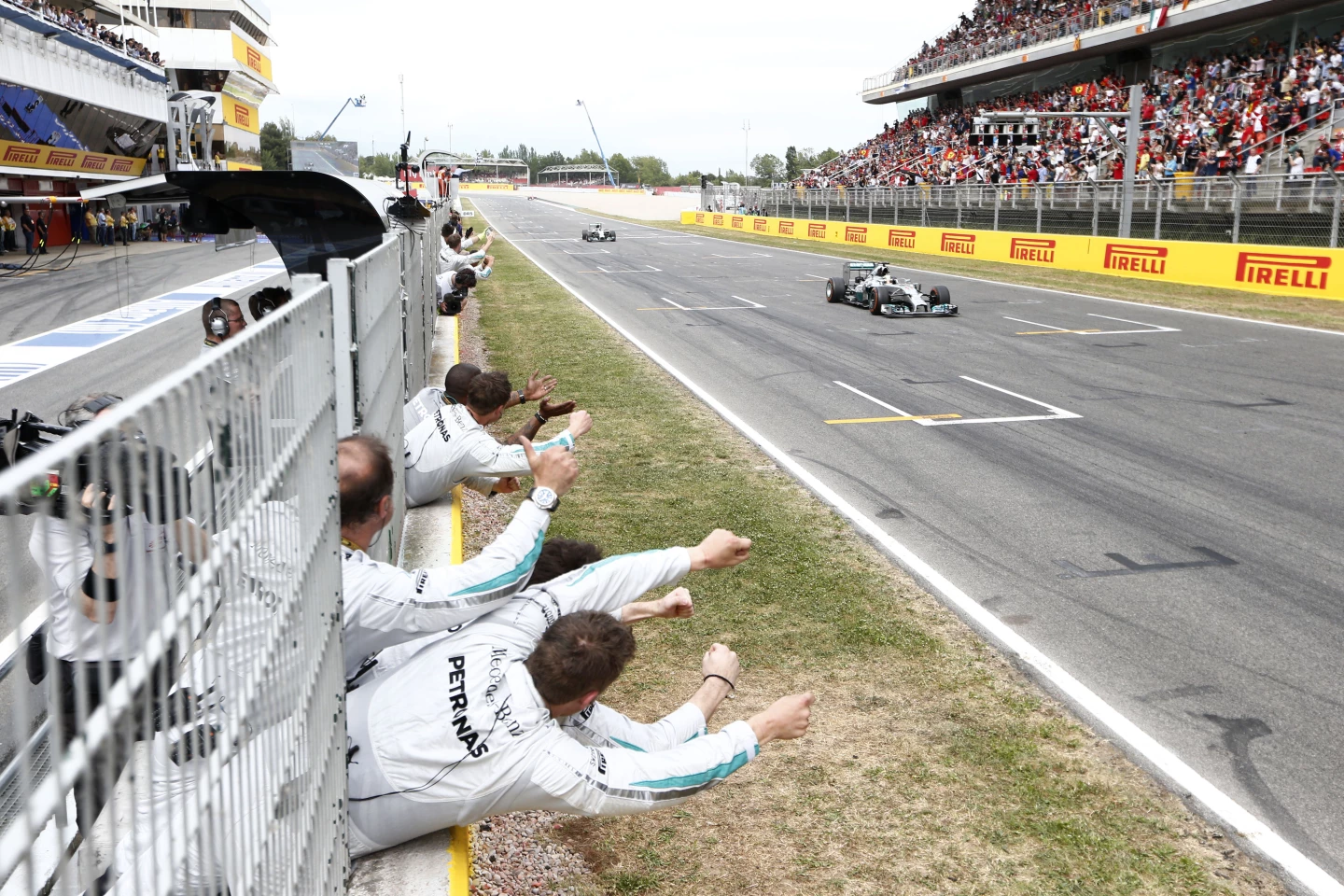
It’s hard to imagine a more convincing display of technological leadership than the McLaren–Honda partnership of 1988 yet with just five races of the 19-race 2014 Formula One season gone, Mercedes-Benz stands a very good chance of performing the impossible and sweeping the entire series. There's no such thing as a perfect year in motorsport, but the Silver Arrows looks capable of delivering one this year.
What's more, unlike 1988 where all but one engine manufacturer had turned its attention to the following season, the 2014 F1 season is a technological renaissance that all teams have been focused on for several years. Everyone is paying attention, and Mercedes has demonstrated excellence beyond even its wildest dreams (as evidenced by the name change).
Mercedes Benz has been so dominant in the races so far this season that despite the best efforts of automotive titans Ferrari and Renault, it has swept all before it. From five races it has scored five poles, four fastest laps, five wins, three front-row lock-outs and four 1-2 finishes, and but for a $2 spark plug lead which cracked on Lewis Hamilton's car in the first race of the season, it would unquestionably have been five 1-2 finishes. A Mercedes-Benz Silver Arrow has led all 410 laps of the season so far.
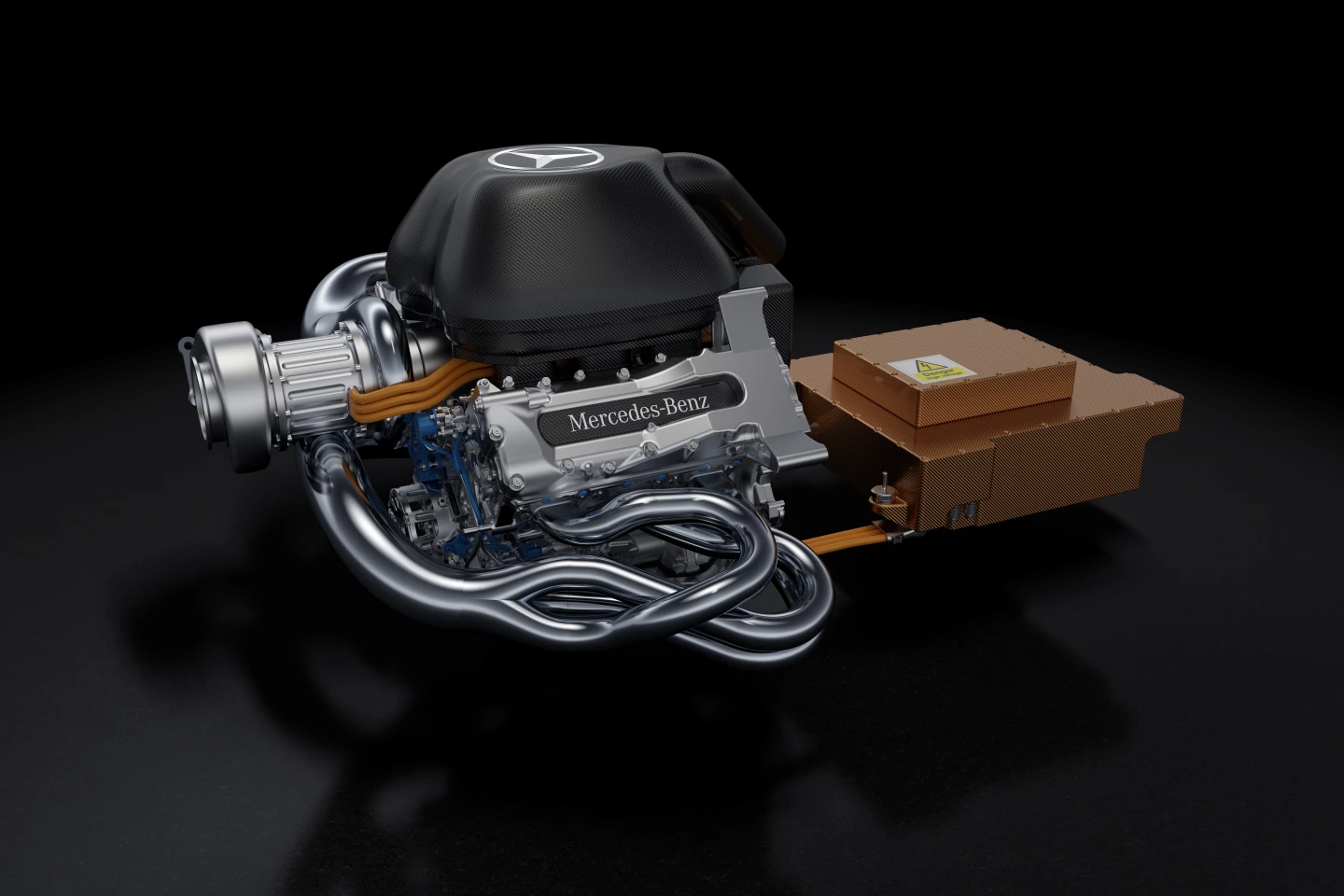
In the most recent race of the series held earlier today, rivals Ferrari and Red Bull went to the Circuit de Barcelona-Catalunya thinking they had bridged the gap to Mercedes, but finished qualifying with more than a second a lap deficit. Driver comments suggest the other teams now acknowledge they are fighting over second place.
"Better late than never" goes the adage, and hence as the world enters a new era of automotive engineering, it's no surprise that the German marque wishes to imprint its racing-derived marketing magic on its road cars. Henceforth, “F1 W05 Hybrid” will be prominently displayed on the Silver Arrows engine cover.
The opening paragraph of Mercedes' press announcement captures the dawning of this new era particularly well: "The technical revolution of 2014 can be expressed in one simple phrase: the engine is no more, long live the Power Unit! This change in terminology reflects the fact that the new powertrain is far more than simply an Internal Combustion Engine. Where the previous V8 format utilized a KERS hybrid system which was effectively ‘bolted on’ to a pre-existing engine configuration, the Mercedes-Benz PU106A Hybrid has been designed from the outset with Hybrid systems integral to its operation."
Hybrid technology first entered Formula One in 2009 when regulations enabled KERS (Kinetic Energy Recovery Systems) to be fitted to race engines. Mercedes Benz supplied the first hybrid (KERS) powerplant to win an F1 race (Lewis Hamilton in the McLaren Mercedes) in the 2009 Hungarian Grand Prix.
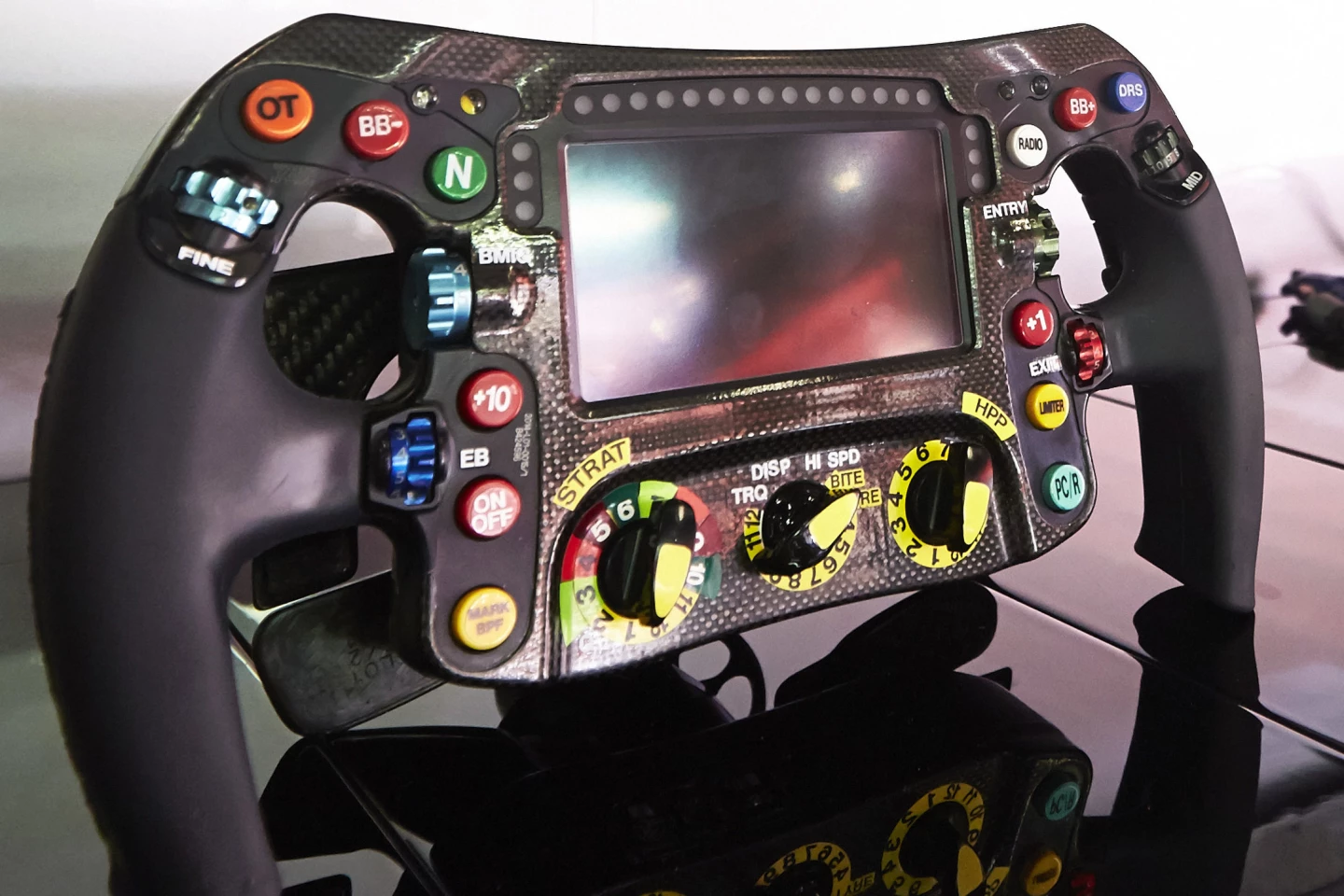
During the early development phases of KERS in 2007, Mercedes reports its KERS system weighed in at over 100 kg and worked at a thermal efficiency level of 39 percent. By the end of the 2012 season the units weighed just 24 kg and were capable of 80 percent thermal efficiency levels. In other words, Formula One development enabled a twelve-fold increase in power density from KERS systems: the impact of which has filtered down into Hybrid systems used by the everyday motorist already and much more is to come – hence Mercedes' decision to align its roadcar and racecar brand values.
This rate of development has historically come as something of a by-product to the ultimate goal of faster lap time. For 2014, however, this has fundamentally changed.
“Formula One is the pinnacle of automotive innovation. As such, it has a responsibility to push the boundaries of technology,” explains Toto Wolff, Head of Mercedes-Benz Motorsport. “The new regulations not only encourage this innovation but also align the sport with the direction in which the automotive industry is heading.
"As a works manufacturer team, we are perfectly placed to reap the rewards of aligning our racing activities with the future technology path for series production. Formula One always has been about pure racing – and it still is today. At the same time, we’re now back at the cutting edge of technology and pioneering new solutions. That’s a huge positive step for the sport.”
